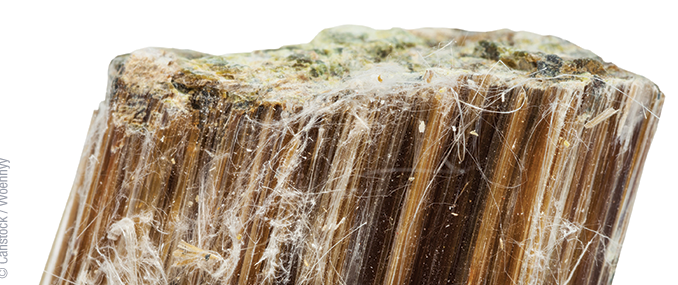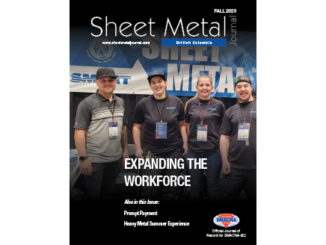

By Eric “Eero” Sorila
I’m one of thousands among sheet metal workers who has been exposed to asbestos dust. I’m trying to write this painful story with oxygen tubes in my nostrils. Thousands of sheet metal workers have died and, unfortunately, will die due to asbestos exposure.
Why still in the 21st century?
The health risks from breathing the dust of the “killer fiber” were already known and documented during the Greek and Roman civilizations. Writers like Strabo (64 BC-AD 19) and Pliny (AD 23-79) made notations in their books about the lethal diseases among those who worked with asbestos. According to these authors, it was too risky to buy a slave who had worked in an asbestos mine because they frequently died prematurely. The health risks applied to all who worked with asbestos fibres, including asbestos cloth weavers. These documented facts by Strabo, Pliny, and many others were known over 2,000 years ago. Regardless of this, the many uses of asbestos overruled health and human life.
It is disturbing to realize that the health risks relating to asbestos have been known for this long.
In North America, asbestos related deaths have only been recognized in the late 20th century. Thanks to the sheet metal workers Local 280 for hosting an asbestos screening session some 30 years ago for its members. Thankfully, many other sheet metal worker Locals have done the same. A normal chest x-ray leads the way to lung problems, but the CT scan is most accurate.
Asbestos exposure today
Asbestos fibers Inhaled 10 to 40 years ago fester in the lungs like a time bomb waiting to explode.
Within North America, millions of tons of asbestos have been used for the last hundred years in construction. Although today asbestos mining and asbestos use have been banned, it is almost impossible to prevent exposure when working in older buildings. The asbestos abatement programs are not only good—they are essential. Unfortunately, they are not 100% fool proof.
Doing sheet metal repair work in an asbestos mine for three months was a wake-up call for me, but it came too late. Asbestos dust was everywhere. Following that, in April 1986 I went on a seven-day hunger strike against asbestos mining and its use. Marching in front of a legislative building and distributing a booklet about the dangers of asbestos I had written was something I had to do.
To save even one life by exposing the dangers of the most dangerous mineral in human history is worth it! ■



